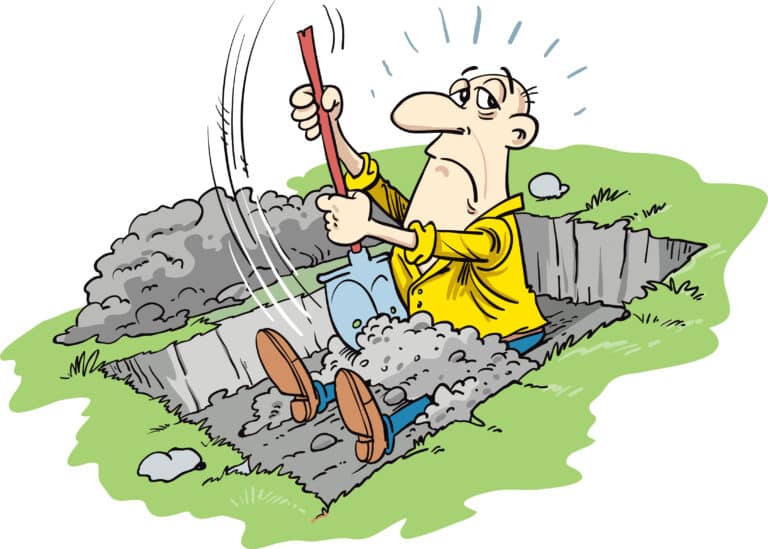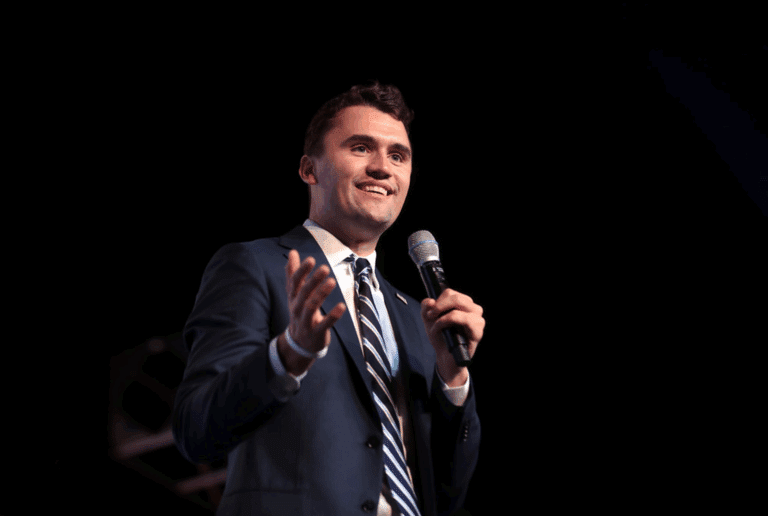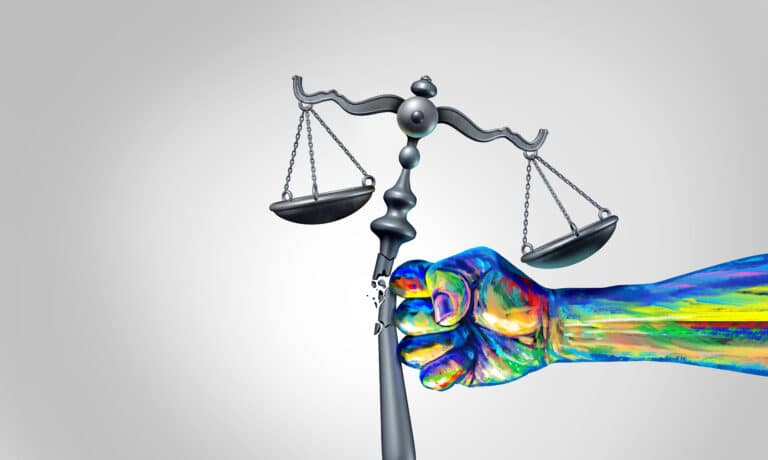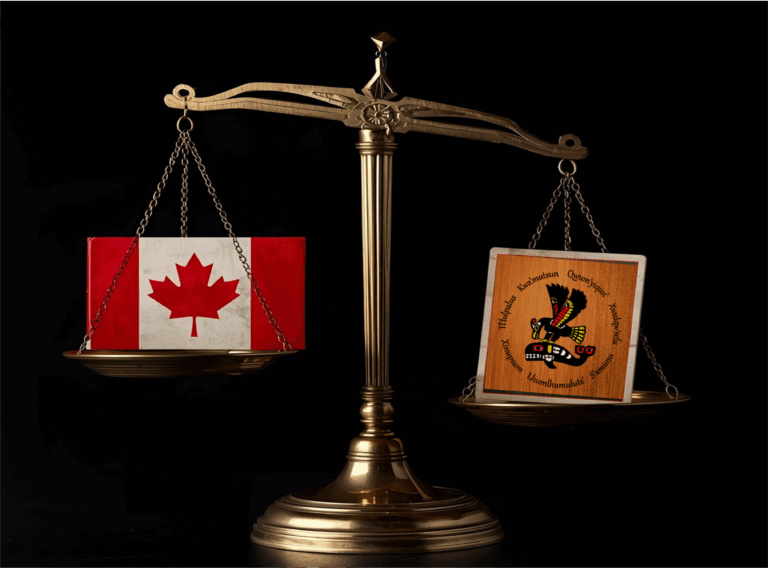The Oxford English dictionary defines the adjective “indigenous” as “originating or occurring naturally in a particular place; native.” Leaving aside the Eurocentrism of the OED, the plain meaning of the word as it applies to Canadians who claim North American Indian, aboriginal, First Nations, or indigenous racial status is that they, through the ancestors, have occupied the northern half of North America since the dawn of creation. As CBC broadcaster and self-described “advocate, pop culture philosopher and Ojibwe dude” Jesse Wente emphatically put it in a tweet last week: “We. Have. Been. Here. Forever”.
Wente’s proclamation of eternal aboriginal occupation of Canada was one of the howls of outrage that echoed across the Twitterverse after Governor General David Johnston told a CBC interviewer that “we’re a country based on immigration going right back to our, quote, indigenous people, unquote, who were immigrants as well, 10, 12, 14 thousand years ago.”
A few days later, while presiding over a ceremony in Ottawa to pay homage to “Outstanding Indigenous Leadership”, Johnston responded to the criticism with an apology “for not expressing myself correctly on this matter recently. Indigenous peoples are the original peoples of this land.” He elaborated on Twitter, saying “I want to clarify a miscommunication. Our Indigenous peoples are not immigrants. They are the original peoples of this land.”
With all due respect to Ojibwe dude Wente and His Excellency the Governor General, Johnston had it right the first time. Aboriginals did not emerge from nothingness. The preponderance of historical, archeological, linguistic, and genetic evidence indicates that Canada’s aboriginal peoples came from somewhere else. Like all humans, their ultimate ancestors are presumably homo erectus, who first appeared in Africa about two million years ago, and homo sapiens, the modern humans who emerged from either Africa or the Middle East some 200,000 years ago.
No evidence whatsoever exists indicating that some unique offshoot of humanity evolved spontaneously out of the primeval wilderness anywhere in the Americas. There is considerable scientific evidence, however, indicating that some of those long ago Africans migrated east across Asia, where they evolved over tens of thousands of years into the diverse Mongoloid races and cultures we know today, and eventually some of them made their way to the Americas, probably no more than about 30,000 years ago, at most.
No humans, and few organisms of any kind, would have found Canada very hospitable during the last Ice Age – from roughly 100,000 to 10,000 years ago – when most of the country was covered by glaciers. But sea levels dropped with all that water locked in ice, exposing a 1,000 kilometer land bridge across what is now the Bering Sea between Alaska and Siberia. Some adventurous Siberians may have been the first immigrants to Canada, across the bridge, but the archeological evidence of humans in the Americas suggests they immediately headed south to escape the ice, only returning to the north thousands of years later as the glaciers retreated.
There are other theories about how and when the first humans landed in the Americas, including the suggestion that they were unrelated to most of the Amerindians who claim indigenous status today. Archaeological evidence from Chile indicates relation to ancient peoples of the South Pacific, who may have got here by boat. More recently, genetic studies have found similarities between an ancient people of southern Europe and some eastern American aboriginals, lending credence to the theory that Europeans sailed across the Atlantic in primitive boats, hugging the northern ice shelf, millennia before the idea occurred to Columbus et al.
Initial scientific reports following the discovery of the famous “Kennewick Man” skeleton in Washington State in 1996 suggested the 9,000-year-old seemed to have Caucasoid traits. Aboriginal groups fought in court for years to prevent further analysis, but in the end DNA tests showed a kinship with North American Indians – and probably Asians.
Language is another area of research that is shedding new light on the ancestry of the earliest settlers of the Americas. American linguistics experts Mark Sicoli and Gary Holton developed a computer algorithm to analyze similarities in languages and in 2014 they published a study which found striking similarities between North American aboriginal languages and Asian languages. Specifically, they noted that the North American Na-Dene linguistic families (which includes many western Canadian tribal groups) have much in common with the Asian Yaneseian families. Both may be descended from a language that was unique to people who lived on the Bering land bridge for thousands of years.
However varied and uncertain the scientific evidence may be, it’s more plausible than simply “forever”. Yet this is the ultimate justification for claims to separate legal status, land ownership and control, and other race-based entitlements. In the absence of any physical proof whatsoever, the only evidence of eternal indigenous occupation of Canada (and the Americas) lies in aboriginal creation stories.
One of the mostly widely known is the Haudenosaunee Sky Woman story. As recorded by the Canadian Museum of History, it claims that originally there were sky people inhabiting an island in the sky. A pregnant Sky Woman fell through a hole in the sky but was saved by a flock of birds who landed her safely on the back of the Great Turtle, where a nest had been created by water animals like beavers and otters. They build it up to create the earth.
“Turtle’s back becomes Sky Woman’s home and the plants she’s brought down with her from Skyworld, including tobacco and strawberries, are her medicine,” the story continues. “She makes a life for herself and becomes the mother of Haudenosaunee life, as we know it today.”
It is probably safe to assume that neither Governor General Johnston nor most of the people who criticized him for calling aboriginal Canadians immigrants believe the Sky Woman fable any more than they believe that Adam and Eve walked with dinosaurs. But if he, and they, are going to insist indigenous people have been in Canada “forever”, they should try to come up with a credible creation story.






